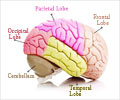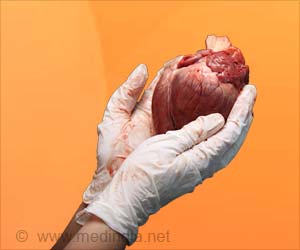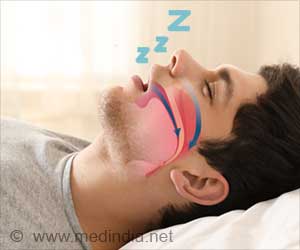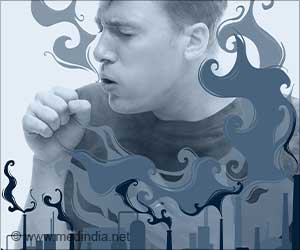It is well-known that brain stimulation is an important treatment option for a number of psychiatric and neurological conditions.
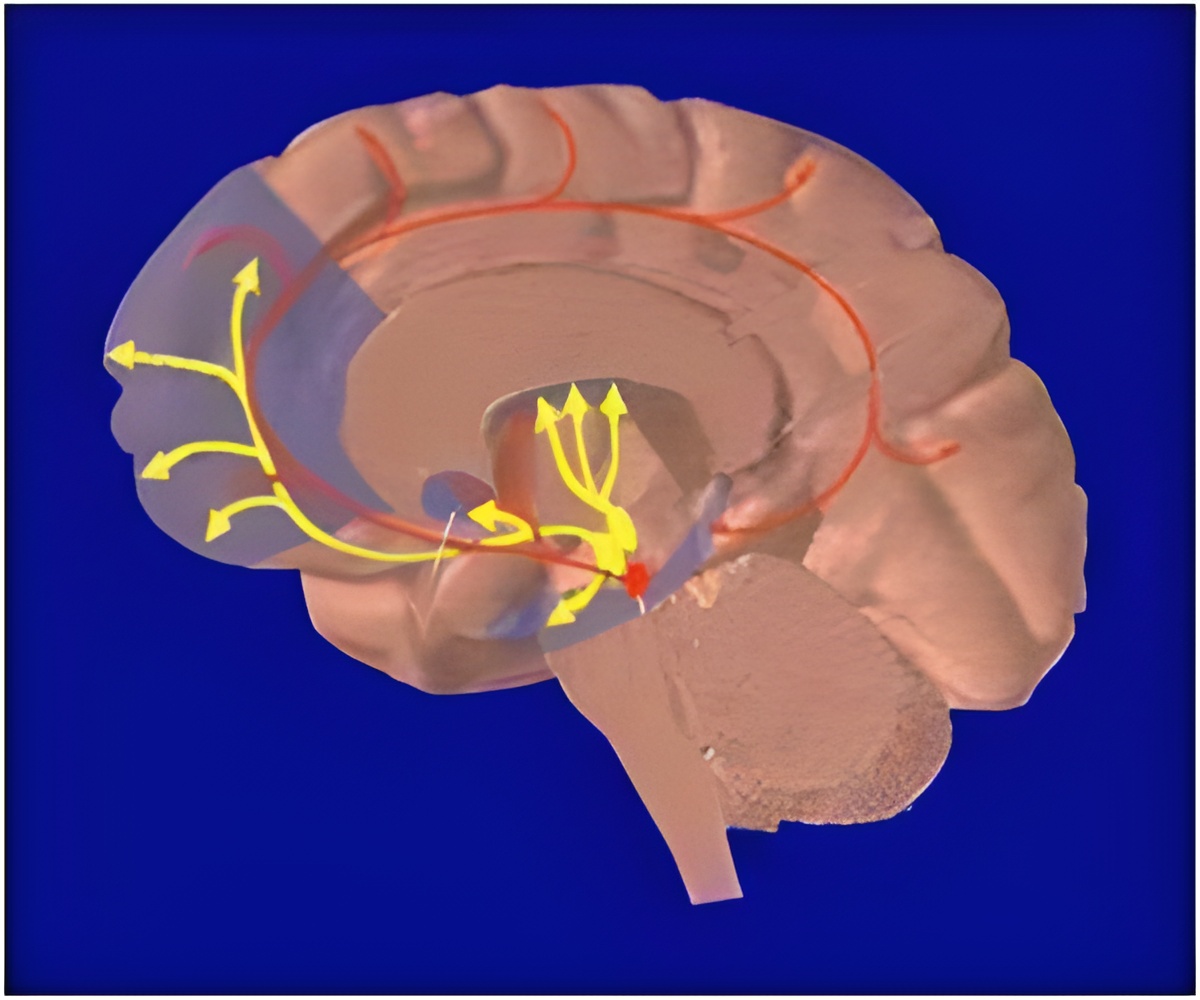
But, in many cases, the ideal sites to administer stimulation have remained ambiguous. Exactly where in the brain is the best spot to stimulate to treat a given patient or a given disease?
Now a new study in the Proceedings of the National Academy of Sciences (PNAS) helps answer this question. Led by investigators at Beth Israel Deaconess Medical Center (BIDMC), the findings suggest that brain networks – the interconnected pathways that link brain circuits to one another-- can help guide site selection for brain stimulation therapies.
"Although different types of brain stimulation are currently applied in different locations, we found that the targets used to treat the same disease are nodes in the same connected brain network," says first author Michael D. Fox, MD, PhD, an investigator in the Berenson-Allen Center for Noninvasive Brain Stimulation and in the Parkinson's Disease and Movement Disorders Center at BIDMC.
"This may have implications for how we administer brain stimulation to treat disease. If you want to treat Parkinson's disease or tremor with brain stimulation, you can insert an electrode deep in the brain and get a great effect. However, getting this same benefit with noninvasive stimulation is difficult, as you can't directly stimulate the same site deep in the brain from outside the head," explains Fox, an Assistant Professor of Neurology at Harvard Medical School (HMS). "But, by looking at the brain's own network connectivity, we can identify sites on the surface of the brain that connect with this deep site, and stimulate those sites noninvasively."
Brain networks consist of interconnected pathways linking brain circuits or loops, similar to a college campus in which paved sidewalks connect a wide variety of buildings.
Advertisement
"We wanted to test the hypothesis that these various stimulation sites are actually different spots within the same brain network," explains Fox. "To examine the connectivity from any one site to other brain regions, we used a data base of functional MRI images and a technique that enables you to see correlations in spontaneous brain activity." From these correlations, the investigators were able to create a map of connections from deep brain stimulation sites to the surface of the brain. When they compared this map to sites on the brain surface that work for noninvasive brain stimulation, the two matched.
Advertisement
"As we're trying different types of brain stimulation for different diseases, the question comes up, 'How does one relate to the other?'" notes Fox. "In other words, can we use the success in one to help design a trial or inform how we apply a new type of brain stimulation? Our new findings suggest that resting-state functional connectivity may be useful for translating therapy between treatment modalities, optimizing treatment and identifying new stimulation targets."
Source-Eurekalert



